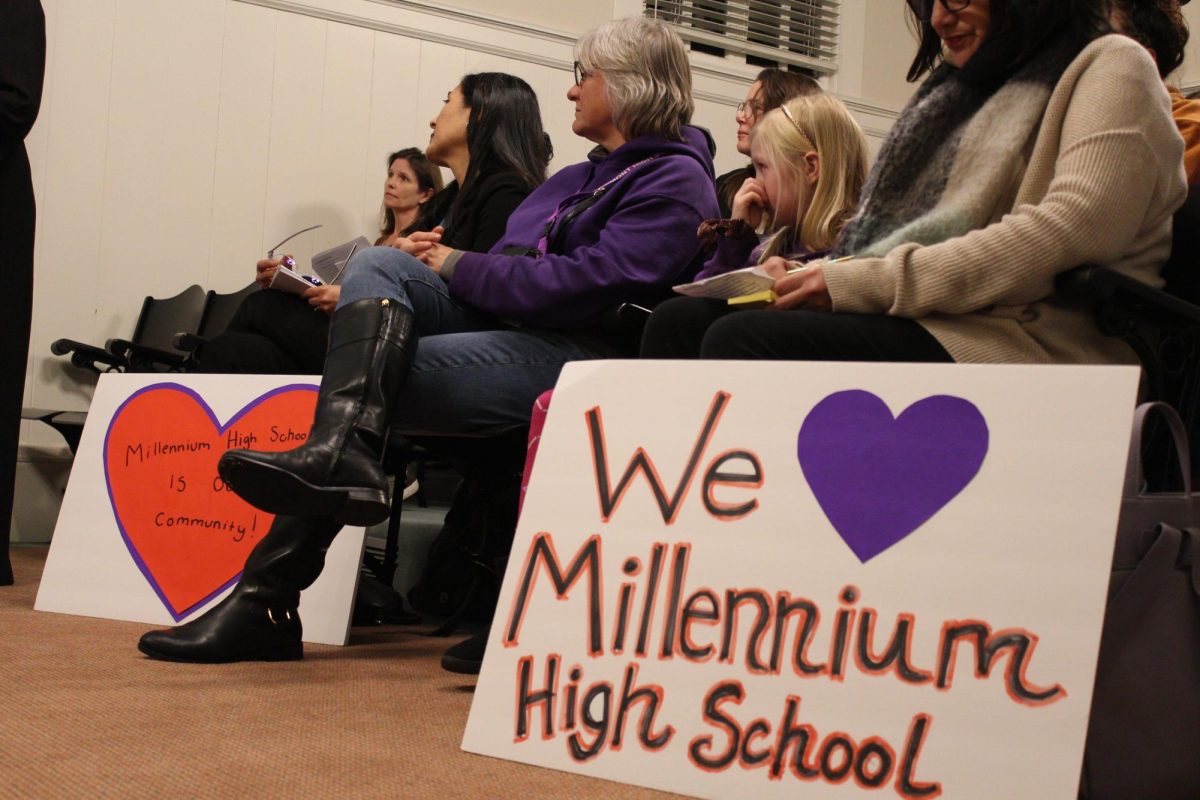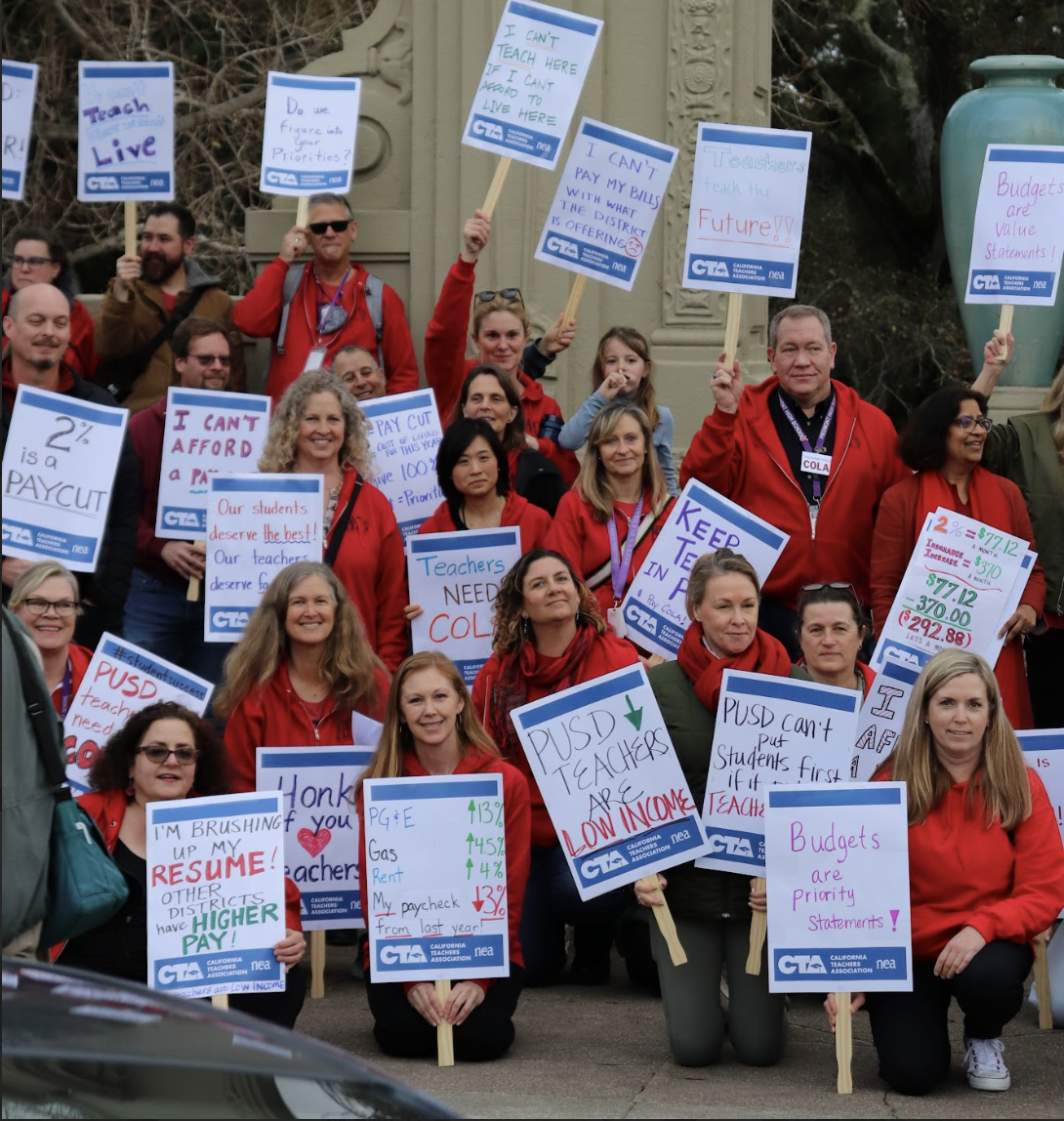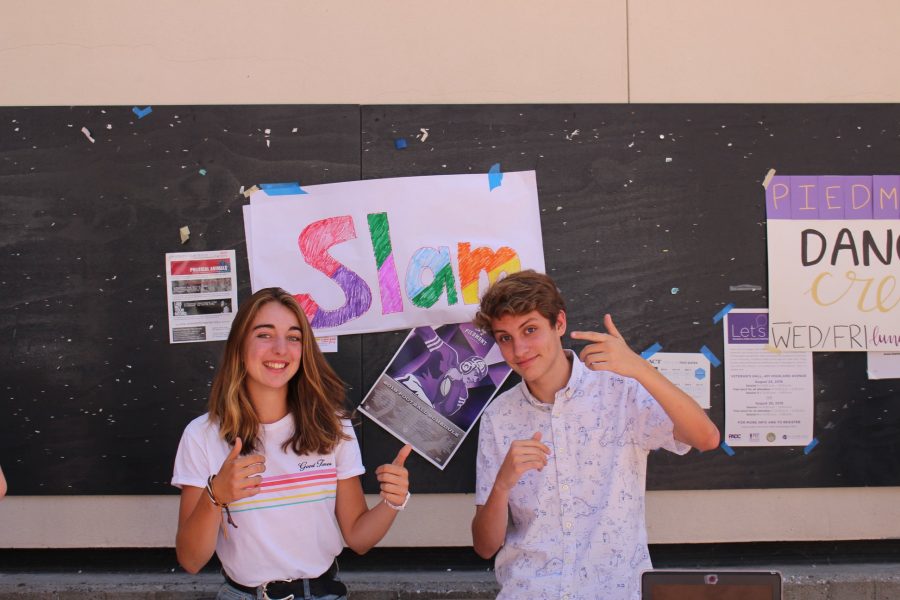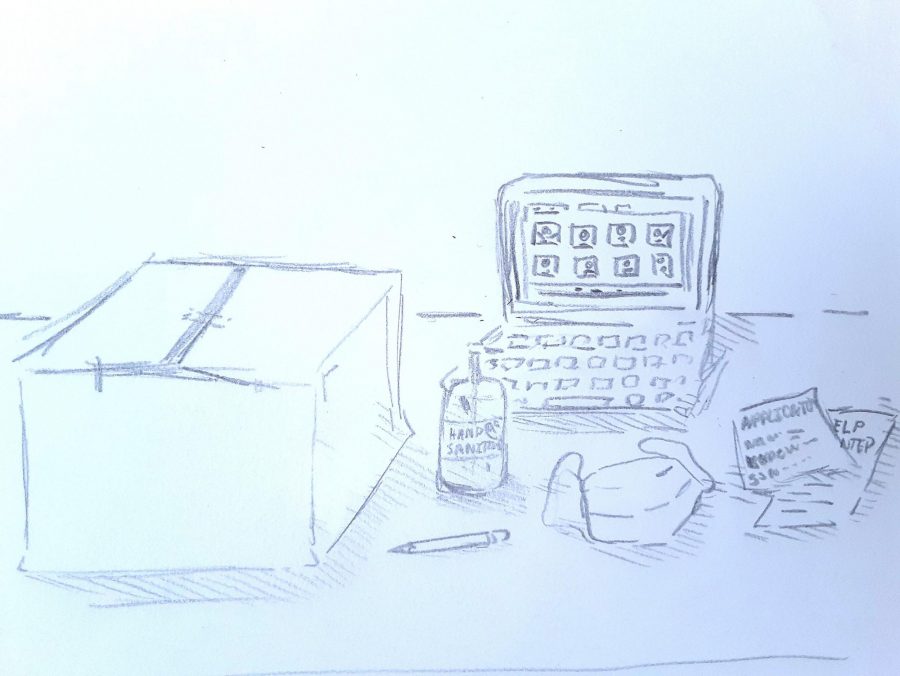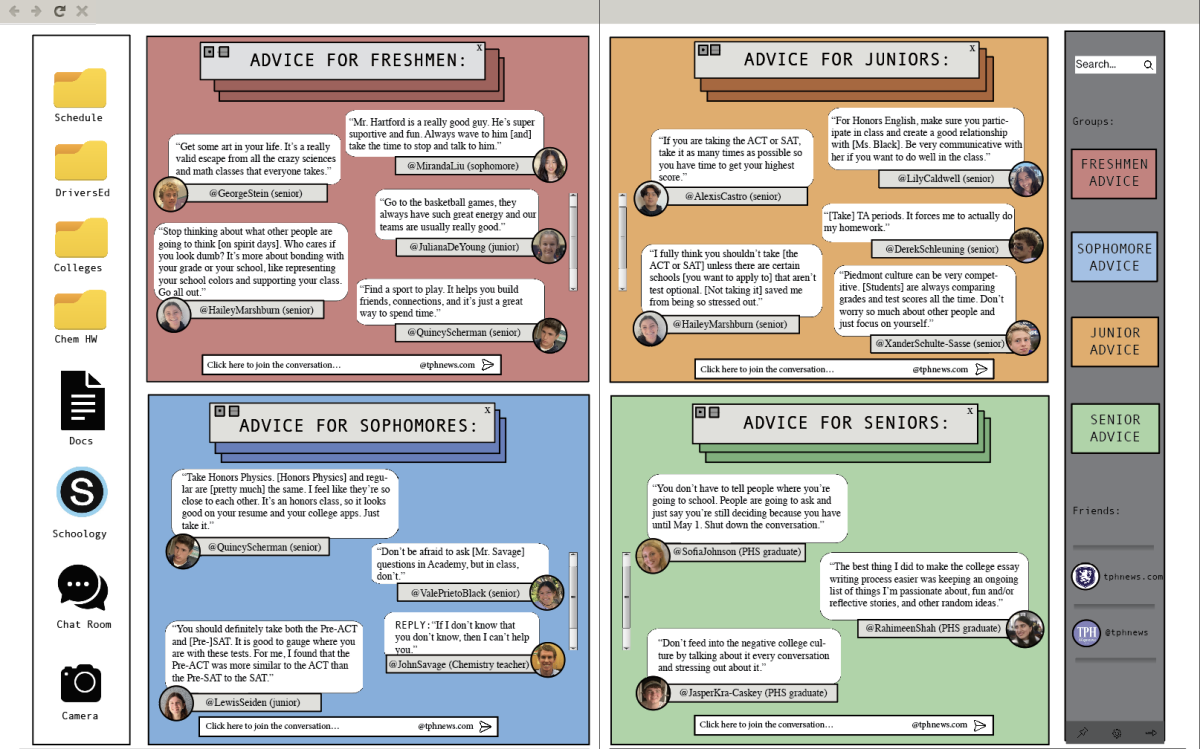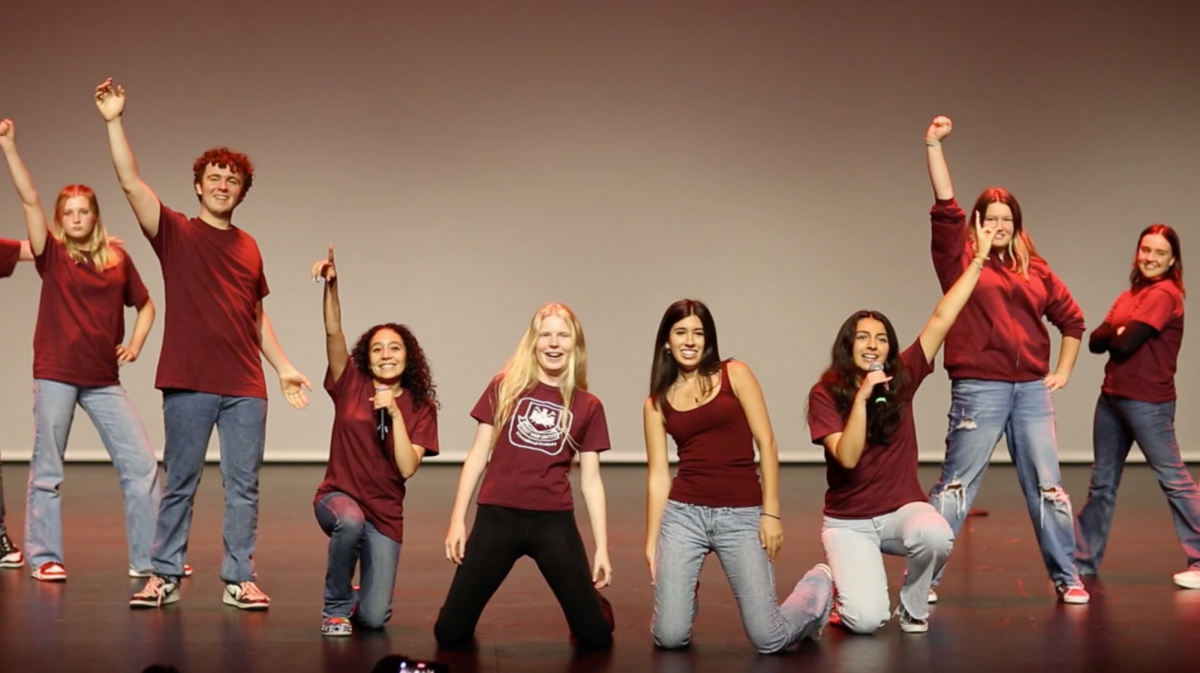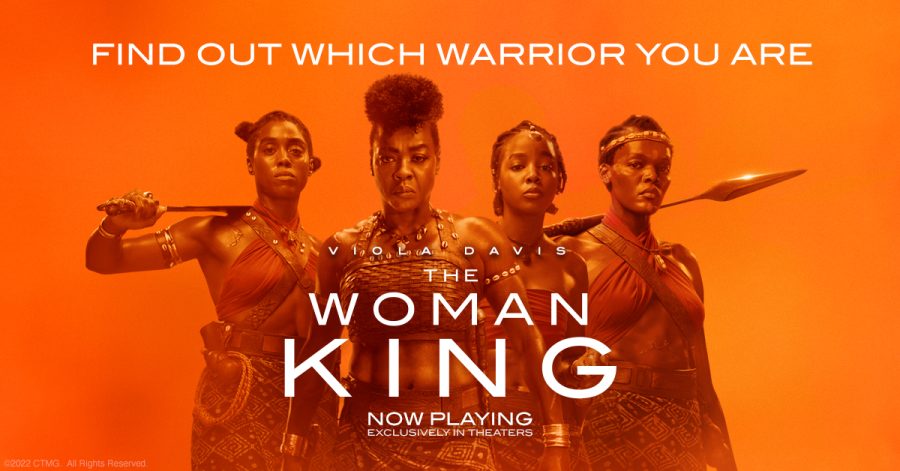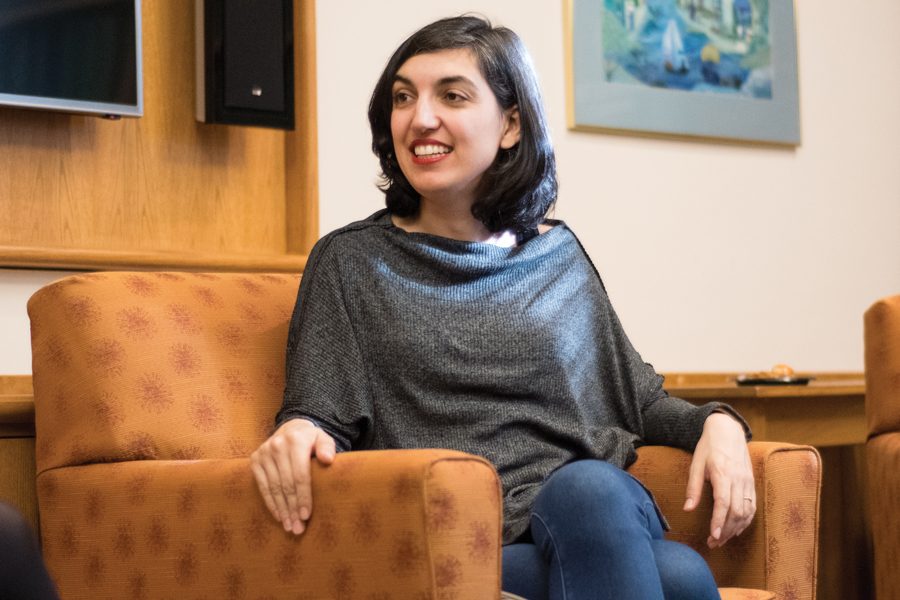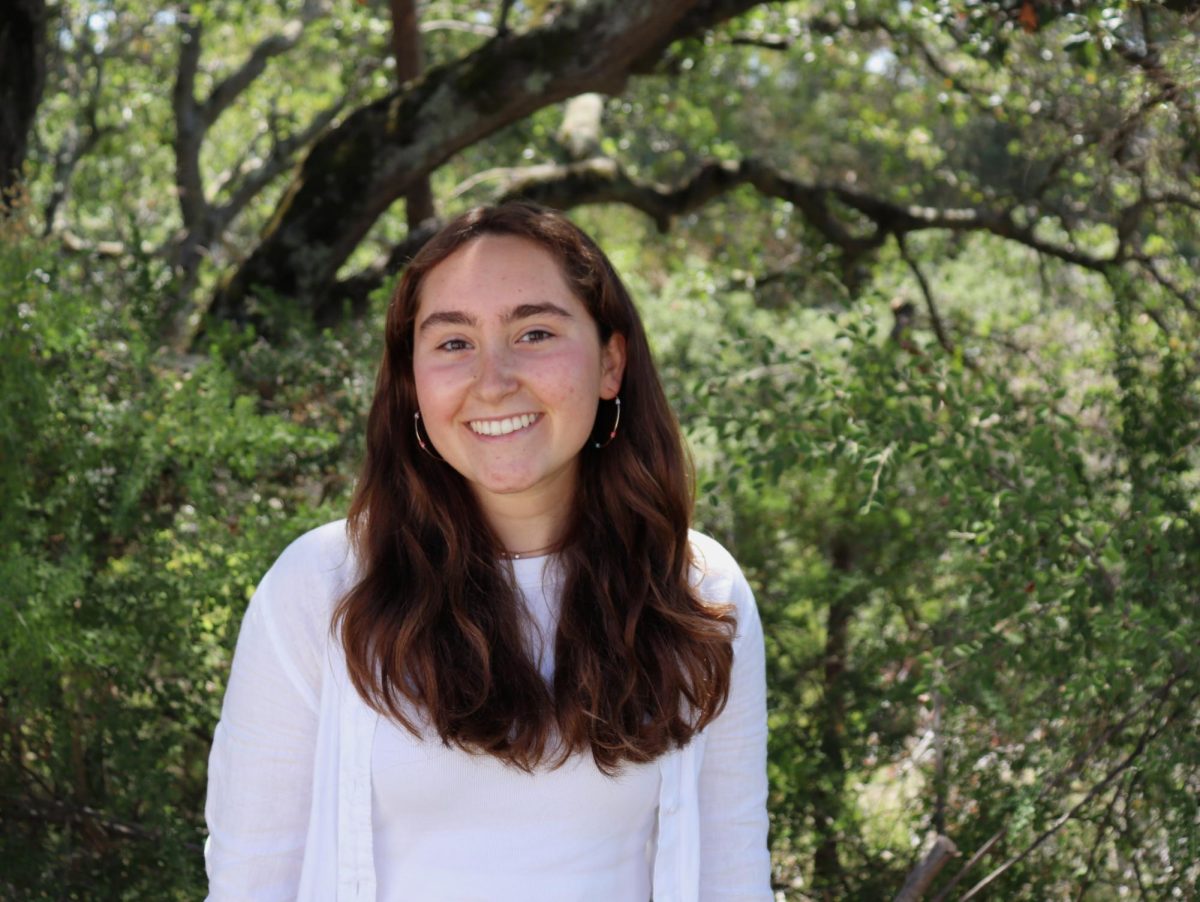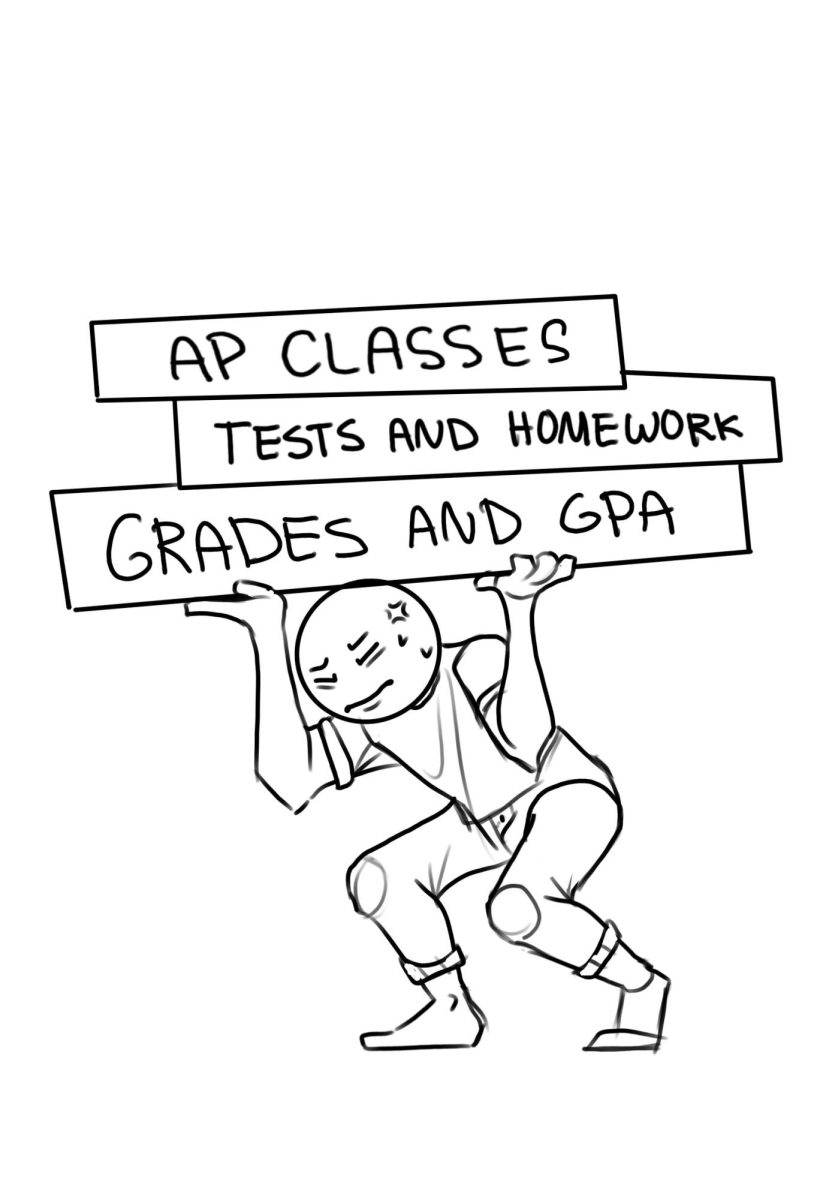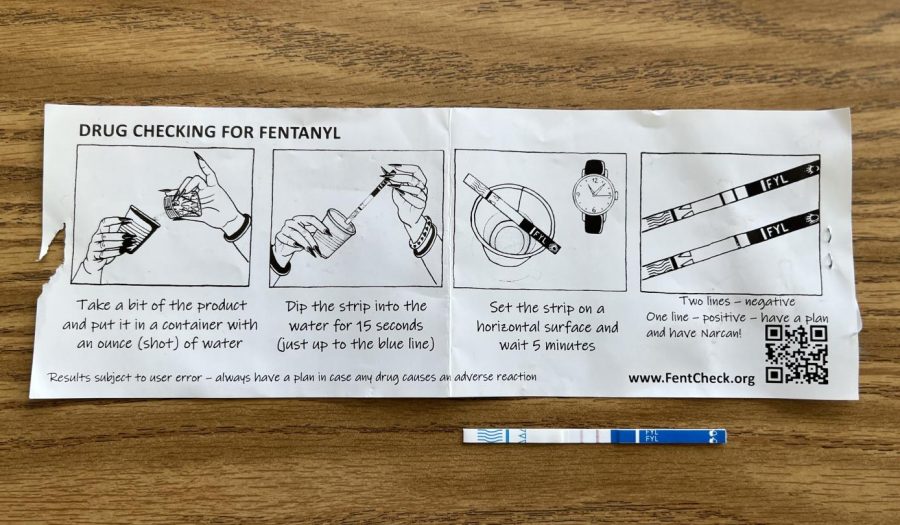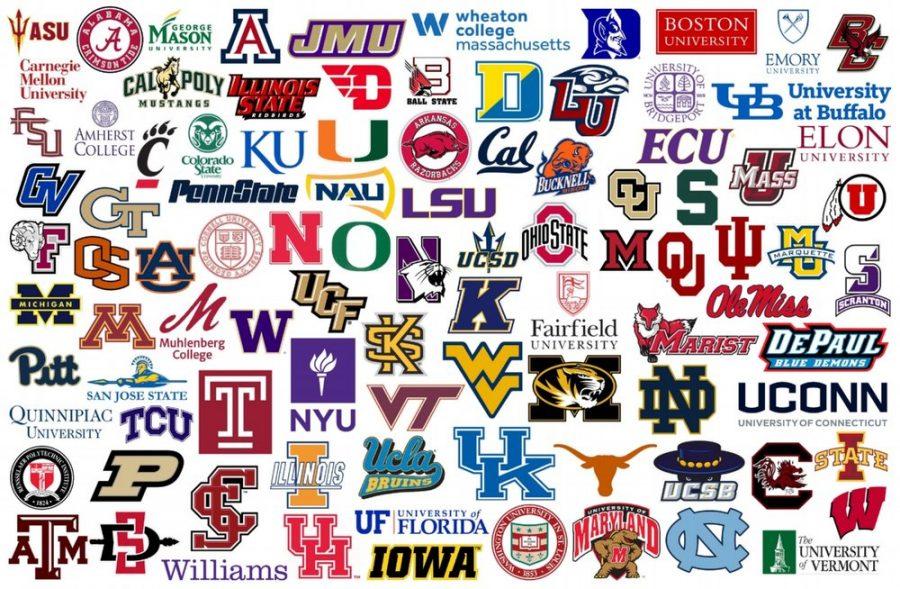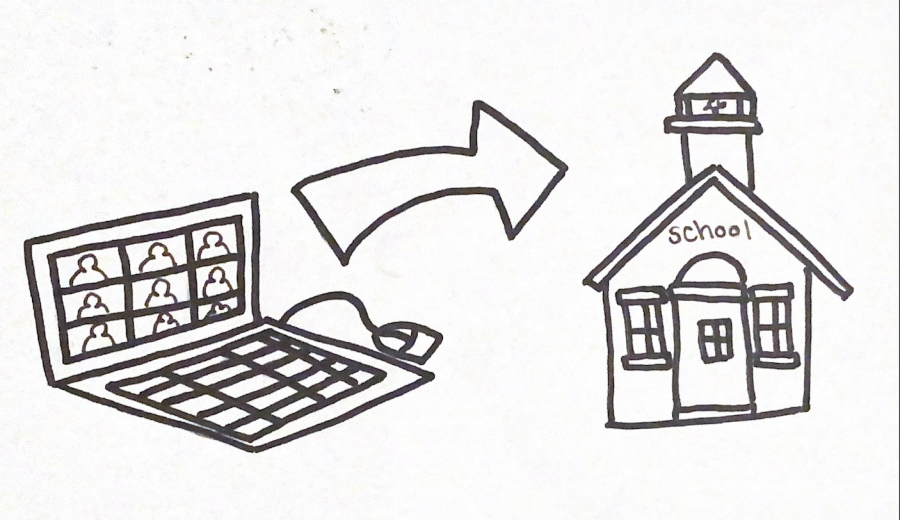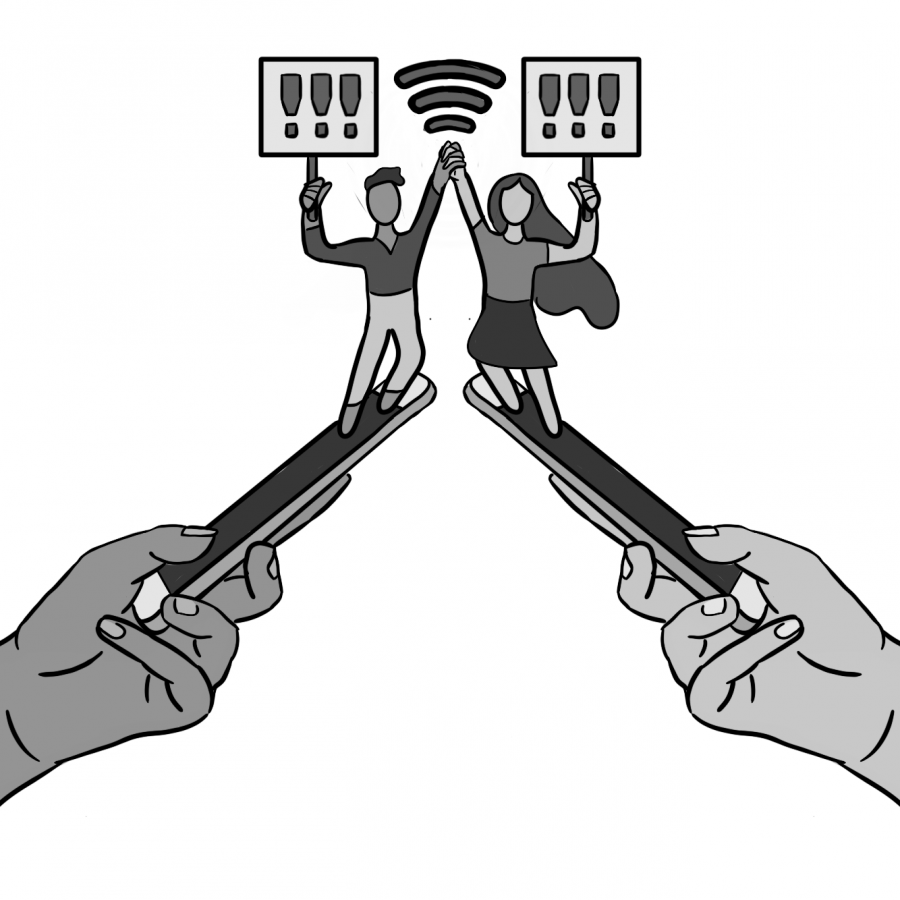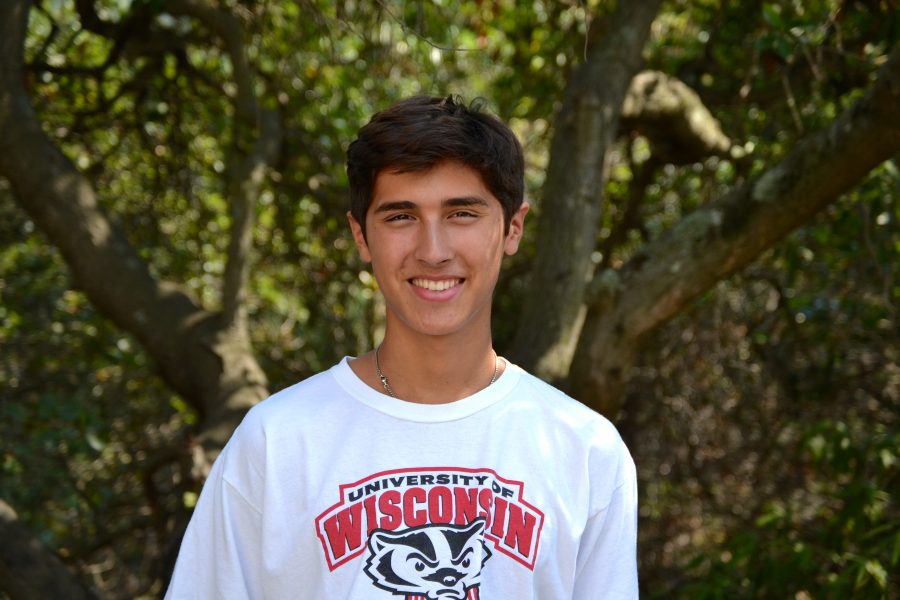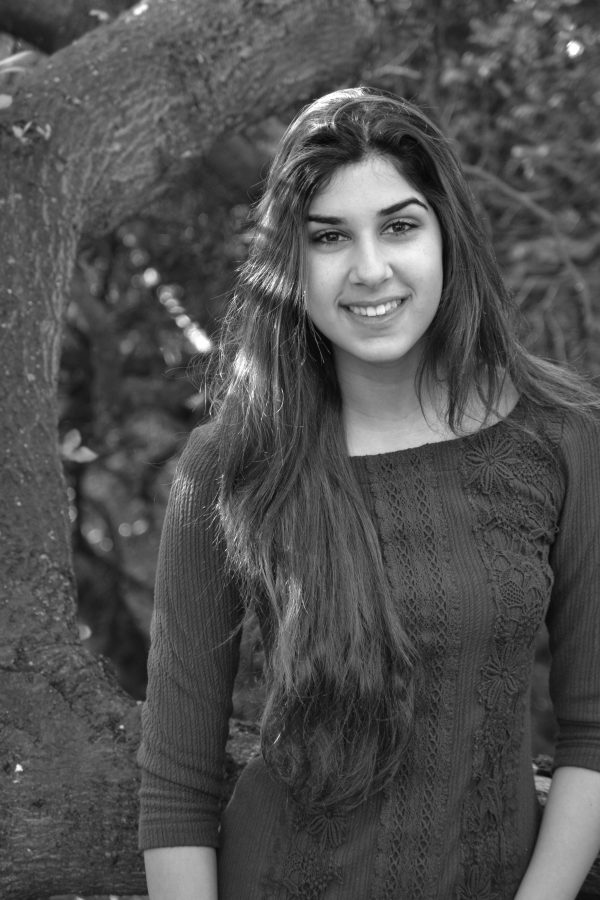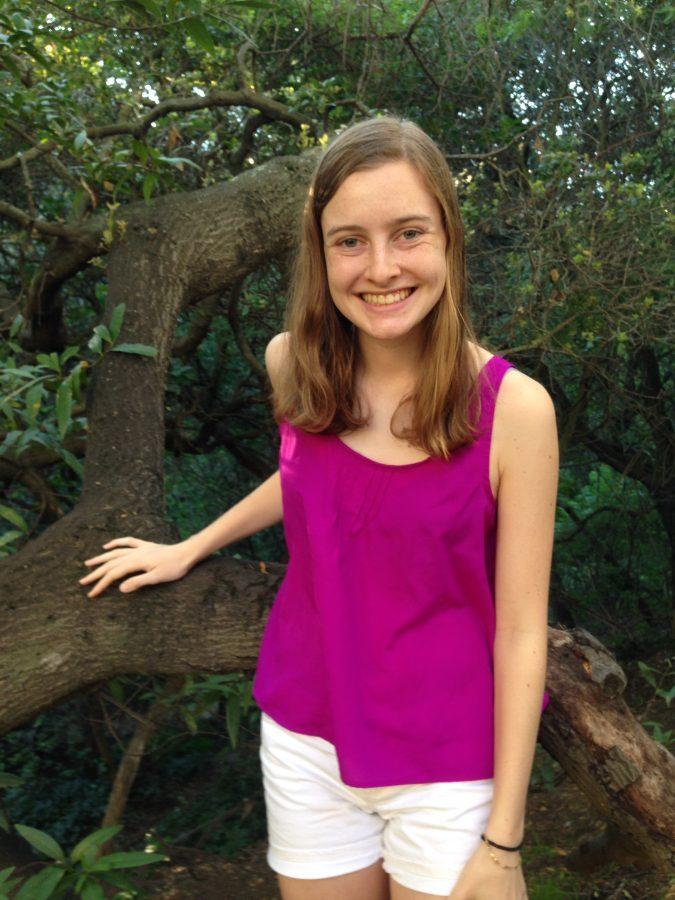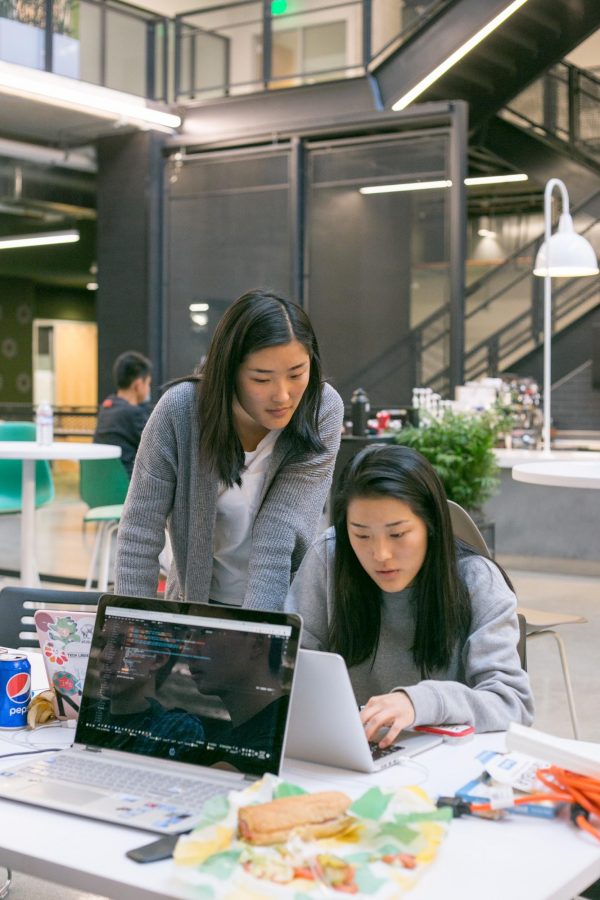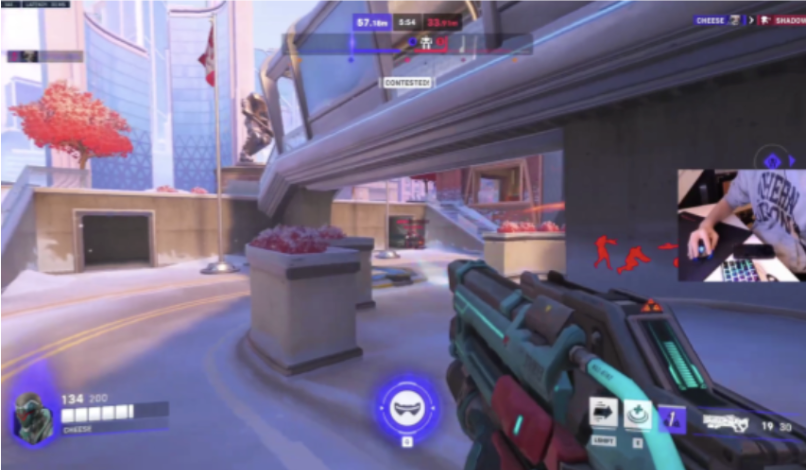Four girls sit around a rice-krispy treat covered table. They have 16 hours to research, design, and code an app. Ready. Set. Code.
“There’s just a lot of sugar, a lot junk food,” junior Diana Lim said. “Whatever gets you through.”
On Oct. 14, juniors and twins Diana and Natalie Lim and their all-girl team of four members won the Teen Tech SF Civic Hackathon for their app Nulla.
Diana and Natalie were two of 150 students who participated in the hackathon at the Make School in San Francisco, which lasted for 17 hours, and took place on Oct. 13, from 8:30 a.m. to 6 p.m., and Oct. 14 from 9 a.m. to 5 p.m., according to the TeenTechSF website. Students from ages 13 to 17 were eligible to compete. Hackathons derive their name from “hack”, a technique that makes an activity more efficient.
“A hackathon is an event where people form teams and work on a project, like an app or a website for a set number of hours,” Diana said. “And at the end, the goal is to have a functioning, working app or website.”
Diana and Natalie’s winning app Nulla, named after the latin word “null” which means zero, aims to get teens interested in the zero waste lifestyle.
“It is basically an app that tries to encourage teens to live more sustainably by gamifying the zero waste lifestyle,” Diana said.
Their app uses a point system to encourage the zero waste lifestyle, Natalie said.
“If you reuse your bottle, or you decide to not buy something, and then instead pack your lunch, you can add points to your profile.”
Diana said that the hackathon competitors were predominantly male, and that she thought about 20 percent of the hackathon’s participants were female.
Nulla’s design brought the Lims and their team to the final round with four other teams, where they pitched their app in front of all the other teams, Diana said.
“We were the only girls that got to pitch [the final product] in front of everybody,” Diana said. “It was really empowering. All the girls in the audience were cheering when we went up, which felt really nice.”
Although Diana and Natalie started entering competitions recently, Natalie said that they did not always feel so confident and empowered when coding. Natalie said that she experienced imposter syndrome when she first started competing.
“[Imposter syndrome] is when girls feel like they’re posing and they don’t actually know that much and feel like a fraud,” Natalie said.
Diana said that she first became interested in coding when she attended a summer coding camp. Now, Diana and Natalie both participate in Girls Who Code, a club at PHS. They have also taken Java classes at Piedmont, Natalie said.
A coder since fourth grade, sophomore Graham Reicher said that his high school coding classes have had a relatively equal girl to boy ratio, a sign that the STEM gender gap is starting to close.
“There shouldn’t be a reason for girls to be discouraged to get into computer science,” Reicher said. “We should break that gender stereotype.”
Natalie said that being an all-girls team at a hackathon can be tough sometimes.
“If you do well, sometimes the other teams feel like it’s just because you are girls that the judges will allow you to get far or something,” Natalie said.
Technology coordinator and computer instructor Jana Branisa said that computer classes are getting closer to gender parity every year. Now, AP Computer Science is 45 percent female and 55 percent male, and Java classes are 35 percent female and 65 percent male.
“It’s better than it was four years ago, five years ago, six years ago,” Branisa said. “It continues to go up. When I came here eight years ago, we had one or two girls in the Java classes.”
Branisa said that it is only after years of hard work and dedicated mentors, to be able to get to where she is now as a woman in a STEM field. Now, however, she believes that girls, like Diana and Natalie, are more empowered than ever to go into a STEM field.
“The fight [for gender equity in STEM] isn’t over, but the doors have been opened,” Branisa said. “I think that young women – 16, 17, 18 year olds – that are now making decisions about the future, are seizing the day.”
Natalie said that her confidence continues to build as she participates in competitions more.
“When I go to competitions, and I actually do well, I feel like I know what I am doing,” Natalie said. “I feel like I can code.”





